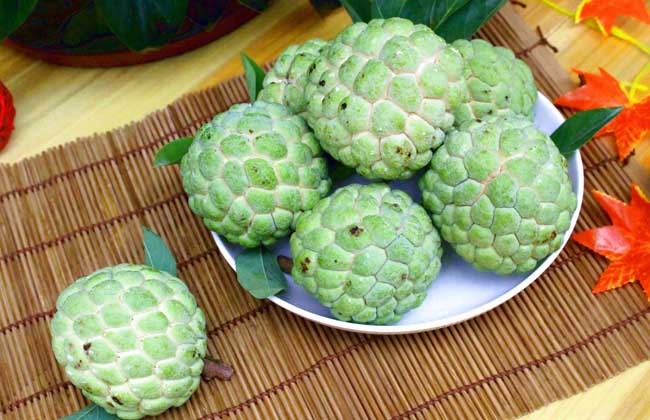How much is the blue sage?

Blue sage is a kind of plant species that likes to live in groups, and often likes to carry out activities in the form of groups. Blue sage looks very beautiful. There is a particularly romantic and dreamy feeling in a sea of purple-blue flowers. Putting it indoors as a potted plant can also add luster to the living room and bedroom scenery. Let's take a look at the price of blue sage.
How much is the blue sage?
The seed price of blue sage is not expensive, but there is a big difference in price. The price of cheap blue sage seed is only 1.5 yuan per gram, while the expensive one will sell for more than 10 yuan per gram, and the seedling price is about 0.5-1.8 yuan. So friends need to choose to buy according to their own judgment and performance-to-price ratio.
Flowering time of blue sage
The flowering period of blue sage is generally from spring to summer, about May to October, and generally blossoms 70 to 100 days after sowing, with long spikes, dense flowers, tubular calyx bell-shaped flowers, pink blue or pink purple flowers, about 12 cm long. mostly used in flower beds, flower borders, from planting, cut flowers, potted flowers, etc., after the inflorescence is removed, it can still branch and continue to bloom.
Culture methods of blue sage
1, sowing and reproduction: blue sage seeds per gram about 920, generally choose 200 or 288 hole plate to sow, the medium is best imported seedling peat soil and domestic seedling peat soil after disinfection, sowing good need in the surface covered with a thin layer of vermiculite, and then covered with film, the appropriate temperature for seed germination is 20 degrees Celsius, germination days are generally 5 days 8 days.
2. Management of budding stage: the sprouting stage of blue sage will continue to take root and the stems will appear and the cotyledons have expanded. At this time, it is necessary to maintain proper humidity and prevent excessive wetness. Fertilizers are generally used with nitrogen, phosphorus and potassium water-soluble fertilizer at 20:10:20. Then, for a longer period of time, the root will be inserted into the hole in the hole plate and several true leaves will appear. At this time, it is necessary to increase the concentration of fertilizer and control the humidity and temperature. Prevent the seedlings from overgrowing at this stage.
3. Temperature conditions: when the true leaves of blue sage reach 2-3 leaves, you can begin to transplant into potted plants. Generally, 12-13 cm potted plants are selected for transplanting. The substrate needs loose and ventilated garden soil, as well as organic fertilizer and compound fertilizer. The temperature will drop to 18 degrees after entering the garden, and may drop to 15 degrees in a month. It should be noted that if the temperature is below 15 degrees, the leaves will turn yellow or fall off, and above 30 degrees, the plant may stop growing.
4. Rational fertilization: blue sage needs to apply 1500 times diluted ammonium sulfate to change the leaf color during the growing period, and the effect is better. Remember that do not apply urea at low temperature. Continuous fertilization can keep the plant roots strong and branches and leaves luxuriant. I like to grow in places with plenty of sunshine. I usually use compound fertilizer containing calcium and magnesium once a month, and proper shading is needed in hot summer.
5. Pest control: common pests of sage include whitefly, aphids, common diseases such as downy mildew, leaf spot, etc., which need to be actively controlled. Usually, carbendazim or chlorothalonil is sprayed once every 7 to 10 days, and 2000 times to kill or 1000 times dichlorvos to control insects every 10 days.
Related
- A course of planting techniques and methods on how to grow carrots
- How to plant the latest tulips?
- Is it better to pick tea in the morning or in the afternoon? When is the best time for tea to be picked? what is the third or fifth tea?
- Launch Yuanxiao Happy combination Haocha + Tea Yuan healthy Taste
- Penghu Tourism "Fireworks 20 Parade with You"
- 2022 West Lake Happiness holds "Digital Revitalization Voucher" and draws iphone13 and laptop.
- Banqiao Fuzhou social houses are designed to change start-up combined with police elimination to create a safe and livable environment
- The convenient measure of "mechanical weeding" in Xinbei has been abused and the Agriculture Bureau has imposed heavy penalties on the illegal land consolidation.
- Changgeng University Joins Hands with Four Memory Factories to Rescue Memory Talent Shortage
- The list of Taiwan's top 100 MVP managers is listed by the Director-General of the Farmers' Association of Sanxia District.



